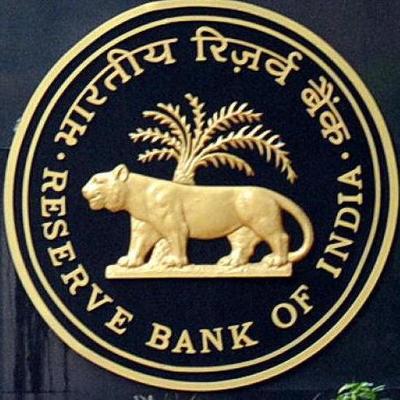The RBI kept the policy repo rate under the liquidity adjustment facility (LAF) unchanged at 4.0 per cent. What does it mean for a homebuyer?
By Varun Singh
The RBI on the basis of an assessment of the current and evolving macroeconomic situation, the Monetary Policy Committee (MPC) at its meeting today decided to keep the policy repo rate under the liquidity adjustment facility (LAF) unchanged at 4.0 per cent.
Consequently, the reverse repo rate under the LAF remains unchanged at 3.35 per cent and the marginal standing facility (MSF) rate and the Bank Rate at 4.25 per cent.
The MPC also decided to continue with the accommodative stance as long as necessary to revive and sustain growth on a durable basis and continue to mitigate the impact of COVID-19 on the economy, while ensuring that inflation remains within the target going forward.
These decisions are in consonance with the objective of achieving the medium-term target for consumer price index (CPI) inflation of 4 per cent within a band of +/- 2 per cent, while supporting growth.
What does it mean for the real estate industry and especially for the homebuyers.
We have compiled the opinions of the experts on this matter from the real estate industry who understand the issue better.
“With the second wave impacting the economy in terms of a slowdown as also the rise in inflation, as expected, the RBI has maintained a status quo on the policy rates, as also continued the ‘accommodative’ stance. The low interest rate regime reflects ‘advantage borrowers’ and this is likely to continue for some more time. The RBI has pursued the broad intent of dealing with weak spots in the economy by providing on tap liquidity, with additional lending to distressed sectors,” says Dr. Niranjan Hiranandani, National President, NAREDCO.
“RBI continues to maintain an accommodative stance as it is crucial to mitigate the impact of COVID Pandemic. Focus on equitable distribution of liquidity is expected to solve the fund shortage crisis to an extent. Modifying the ECLGS scheme and clear instructions to banks & other financial institutions on sanctioning funds to labour intensive sectors like Real Estate is the need of the hour. Moratorium on principal & interest for 6 months and freezing of SMA classification for another year will aid revival of businesses and thus the economy. The impact of the second wave on large businesses which provide millions of livelihoods is a lot deeper than it appears,” says Harsh Vardhan Patodia, President, CREDAI National.
“RBI’s MPC committee has cut the REPO RATE by a total of 115 basis points since March 2020 which reflects its accommodative stance amid the pandemic second wave to revive and sustain the growth momentum affected due to COVID. The second wave has affected the real estate players but, with the new RBI policy announcement, it seems like a little relief to developers and buyers as well as it will help them to invest in homes. Keeping the REPO RATE at 4 per cent for the sixth consecutive time shows the apex bank’s concern towards mitigating the impact of COVID on recovering economy. The government should continue these rates for a little longer period of time for the benefit of all,” says Manju Yagnik, Vice Chairperson, Nahar Group & Sr. Vice President, NAREDCO Maharashtra.
“By keeping the repo rate unchanged, the central bank has taken the step towards the right direction in current circumstances. While the sector has been severely impacted in the second lockdown, the problems have been aggravated with a considerable rise in the cost of raw materials such as steel and cement. In such a scenario, an unchanged repo rate makes more sense than an increased one which would have added more pressure on the sector. However, we also need to be mindful of the impact on prospective home-buyers due to the uncertain conditions. These set of buyers are apprehensive in coming ahead and have instead chosen to wait to buy a home. There was a need for stimulant policy measures that would enhance liquidity for the sector, ease credit provisions and increases buyer’s confidence. Any announcements in these forms would have been much appreciated,” says Surendra Hiranandani, Chairman and Managing Director, House of Hiranandani.
“It is certainly positive for home loan borrowers as the floating retail loan rates (which are directly linked to external benchmark repo rates) has been at the lowest level of the last two decades. The continuation of this low interest rate regime works very well for all borrowers as the environment of high affordability is likely to continue for some more time,” says Anuj Puri, Chairman – ANAROCK Property Consultants.
“Keeping in mind the disastrous COVID-19 second wave, a slight reduction in the key rates would have been widely celebrated. The reduction would have helped spur growth in demand for real estate assets, which has been severely hit as a result of the pandemic and subsequent lockdowns. Apart from the reduction in stamp duty charges in some parts of the country, the all-time low housing loan rates have given the much-required fillip to sales activity in the last couple of quarters,” says Kaushal Agarwal, Chairman, The Guardians Real Estate Advisory.








